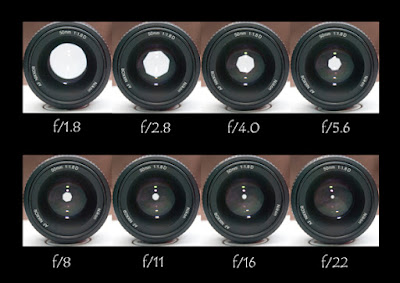You know that feeling when the universe feels as though it is actively conspiring to stop you from doing whatever it that you want to do? Yeah, that was this past weekend. Originally forecast as crystal clear, Saturday morning was cloudy. This crushed any hope of quality photography. Light rain in the afternoon forced additional route and strategy alterations, but the worst was still to come. Transiting along the Pacific Coast Highway between Newport and Huntington Beach, our admittedly already testy car decided right then would be the perfect place to die completely! We coasted into a roadside parking lot from where Triple-A was called, a tow truck summoned, and birding, like our car, declared dead-on arrival. We had "Petra" towed to out usual shop where she would stay for the rest for Sunday and Monday. Heavy rain Sunday would have effectively crushed birding even if Petra had been functional, so yeah, like I said, birding seemed doomed from the start. I guess its tough to get too upset about rain anywhere in California, these days, right?
Birding fail! (note rain)
This is how Saturday felt....
So, in lieu of fanciful birding tales from the weekend, I'll flip into photo mode for a short while. Photographers often use the term "bokeh" to describe how a lens or particular lens settings render out of focus points of light and, by proxy, structures. What do I mean by this? Here is a photo of a Ring-necked Duck that I took a few weeks ago and have held off sharing until a slow birding cycle!
Ring-necked Duck - Aythya collaris
Orange County, California
Canon 500mm f/4 IS on EOS 7D2
1/3200 at f/4, ISO 400
The bokeh here is the blurred water both in front of and behind the subject duck. It helps to frame the subject and to smooth out what could be potentially distracting elements in both the foreground and background. In this particular shot, I have strengthened the effect by taking a very low perspective on the subject. This leaves only a thin focal plane through which the subject in swimming; The rest of the image is a blur, or bokeh.
Photographers generally manipulate two parameters to obtain to correct exposure and artistic rendering in a photograph: aperture and shutter speed. Aperture is the size of the hole through which the light is focused onto the sensor, and shutter speed is the time that the hole is open. Bird photography is generally done at very wide apertures so as to freeze, without motion blur, whatever action in being captured. Luckily for me and my particular shooting style, wide apertures are generally the best at producing bokeh as they render out-of-plane light and structures more strongly out of focus or blurred. One thing to note is that large apertures are designated by smaller f-stop (f/) numbers; Hence f/2.8 lets in more light and creates more out-of-focus blur than f/8.
Larger apertures (small f/) produce better background blur
Photographers generally manipulate two parameters to obtain to correct exposure and artistic rendering in a photograph: aperture and shutter speed. Aperture is the size of the hole through which the light is focused onto the sensor, and shutter speed is the time that the hole is open. Bird photography is generally done at very wide apertures so as to freeze, without motion blur, whatever action in being captured. Luckily for me and my particular shooting style, wide apertures are generally the best at producing bokeh as they render out-of-plane light and structures more strongly out of focus or blurred. One thing to note is that large apertures are designated by smaller f-stop (f/) numbers; Hence f/2.8 lets in more light and creates more out-of-focus blur than f/8.
Aperture range of a standard lens. Moving 1-stop either
halves or doubles the amount of light the hole lets in.
Larger apertures (small f/) produce better background blur
Every photographer has a different style. I personally really like strong bokeh as it helps, in my opinion, to focus the viewer's directly attention on the subject. For those that prefer including more habitat, they generally close the lens down a bit so as to get more depth of field on the surroundings. While I sometimes like that style, it is tough to argue with beautifully blurred backgrounds! Here is one of my old photos that I particular like!
Pectoral Sandpiper
Canon 500mm f/4 IS on Canon 1D Mark IV
1/3200 at f/4 ISO 400






I like intense bokeh as well, mostly because it can only be achieved with pro-level lenses and you can't get it with an iphone.
ReplyDeleteNice sumary of this topic.
ReplyDeleteWant beaucoup bokeh? Digiscope!